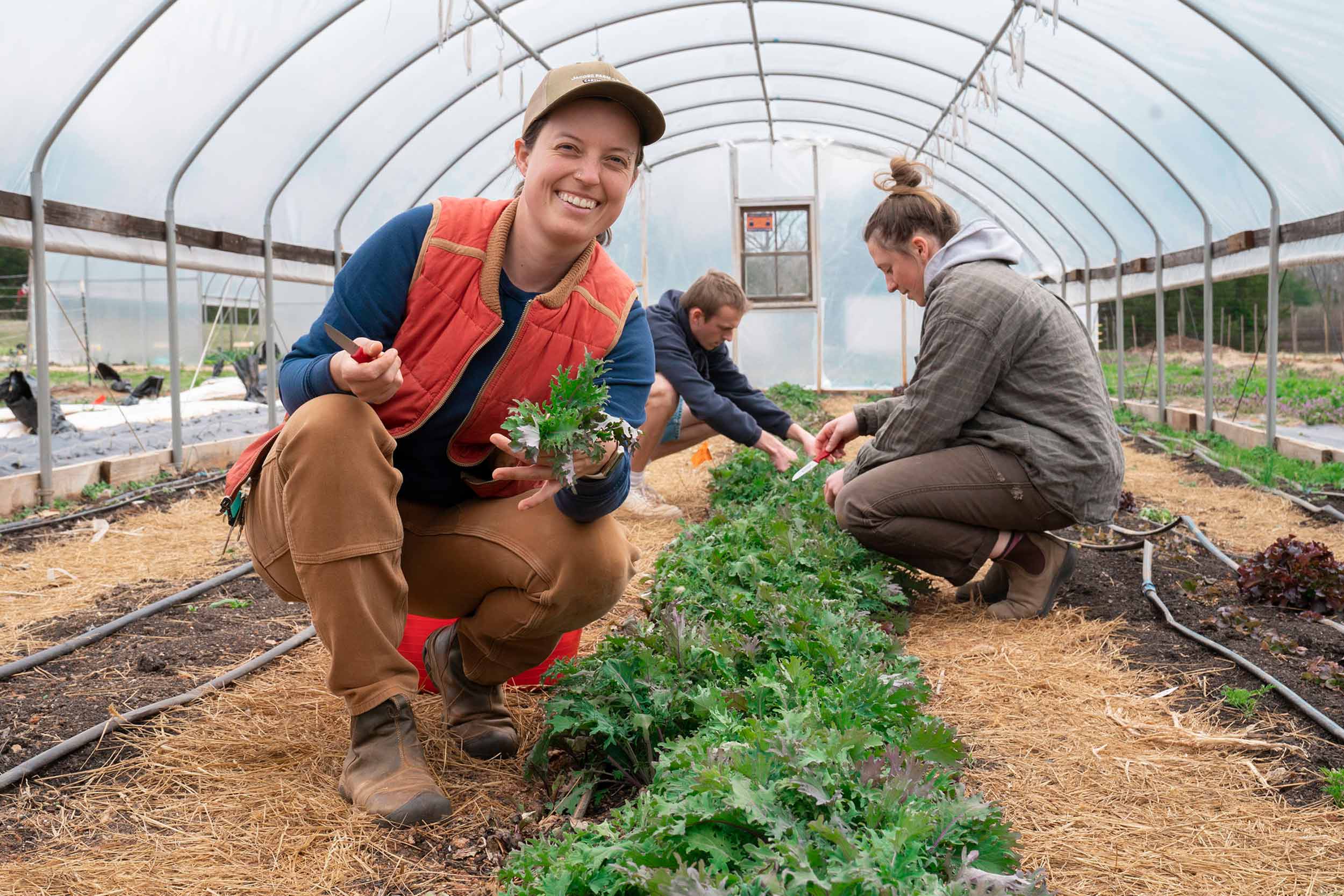Green Thumbs Unleashed: Important Newbie Gardening Techniques for a Flourishing Garden
Wiki Article
From Beginner to Eco-friendly Thumb: A Step-by-Step Trip Through the Art of Gardening

Comprehending Your Horticulture Area
To begin your horticulture journey, it is necessary to recognize the distinct qualities and limitations of your horticulture space. Take a minute to observe your surroundings. Is your room little or huge? Is it subjected to full sunlight or does it receive partial color? Exist any type of specific difficulties you may face, such as bad soil high quality or minimal water accessibility? Understanding these aspects will certainly assist you make educated decisions concerning the sorts of plants that will grow in your area.Think about the dimension of your horticulture area. If you have a little area, you might require to focus on container gardening or vertical gardening to optimize your expanding location. On the various other hand, if you have a huge room, you have the luxury of planting a variety of plants and creating different zones within your garden.
Next, examine the quantity of sunshine your area gets. This will certainly determine which plants will thrive and which ones may have a hard time. If your area is shaded, you can select shade-loving plants like brushes or hostas. If your area gets full sun, you can grow a vast array of plants, consisting of herbs, veggies, and blossoms.
Lastly, take into consideration any kind of obstacles or restrictions certain to your area. You might need to amend it with garden compost or choose plants that are forgiving of less-than-ideal conditions if your soil top quality is poor. You can choose for drought-tolerant plants or implement water-saving strategies like mulching. if water is scarce.
Picking the Right Plants for Your Yard
Select plants that are appropriate to your garden's special conditions and your individual preferences. When selecting plants for your garden, it is very important to think about factors such as sunshine, dirt type, and environment. Take a look at the quantity of sunlight your garden obtains throughout the day. Some plants flourish in complete sun, while others like partial or perhaps full color. Consider the dirt enter your garden also. Some plants favor well-drained soil, while others grow in clay-like or wet soil. Furthermore, consider the climate in your location. Some plants are much better fit for dry and hot environments, while others can endure chillier temperature levels.One more vital facet to consider is your personal preference. Do you choose a yard loaded with vivid blossoms, or are you extra thinking about expanding veggies and natural herbs? Consider the objective you desire your yard to offer and the visual you intend to achieve. It's also worth thinking about the maintenance level of the plants you pick. Some plants call for even more treatment and focus, while others are extra low-maintenance.
Preparing the Soil for Planting
Most plants choose a somewhat acidic to neutral pH, around 6.0 to 7.0. Inadequately drained soil can lead to water logged origins and various other plant health issues. By assessing and making essential amendments to your soil, you can produce an ideal setting for your plants to thrive.Nurturing and Maintaining Your Garden
Make certain to water your plants deeply, permitting the water to permeate the dirt and reach the origins. Regular weeding is additionally essential to maintain your garden cost-free from unwanted plants that complete for nutrients and area. Regularly check your plants for any indications of infestation or health problem and take prompt action to protect against further damages.Troubleshooting Common Gardening Issues
If you notice eaten leaves or plants that are shriveling for no obvious factor, you might have an insect problem. If your plants have yellow or discolored fallen leaves, they may not be obtaining sufficient nutrients. Remove influenced plants and treat the remaining ones with natural fungicides or pesticides.Verdict
Congratulations! You have efficiently completed the journey from amateur to green thumb in the art of gardening. By recognizing your gardening space, selecting the right plants, preparing the dirt, and nurturing your garden, you have actually gotten over common gardening problems like a pro. Currently, armed with https://www.newbiegardening.com/ knowledge and experience, you are prepared to appreciate the beauty and abundance of your prospering yard. Maintain the magnum opus and proceed to grow your green thumb!
When picking plants for your garden, it is important to take into consideration aspects such as sunlight, dirt type, and environment. Some plants like well-drained soil, while others grow in clay-like or wet soil (newbie gardening). By recognizing your horticulture area, choosing the right plants, preparing the soil, and supporting your yard, you have gotten rid of common horticulture issues like a pro
Report this wiki page